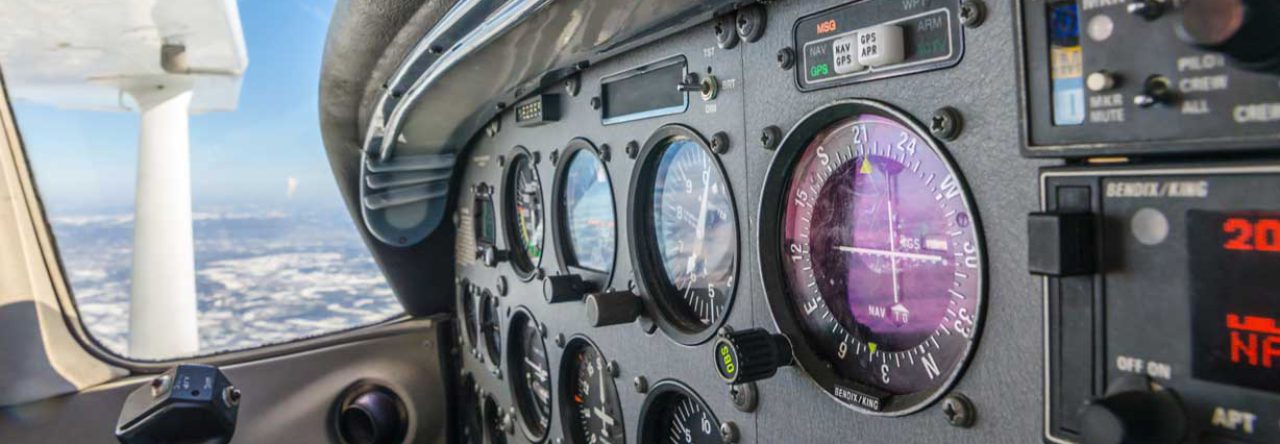Today’s lesson was pretty short, only 1.3 hours. It was, however, packed full of soupy goodness. We moved our flight time up a few hours in order to get in before the storms started forming. We noticed a cell moving from the west and we decided to take a short hop south to Southern Pines (KSOP) to get in the RNAV 23 approach.
Today, I filed the flight plan after my instructor reviewed my inputs. Side note, ForeFlight makes filing too easy. After run-up, I was allowed to call flight services to get our clearance. (Actually, I called directly to our local RDU TRACON, more on that in another post maybe) This was interesting because last time, my instructor called and I listened to his read back and copied to my kneeboard. This time, however, I called and he copied my read back. It was a small thing but was cool none the less. It was a simple clearance:
C – Cleared round robin to TTA
R – As Filed (Direct)
A – Climb maintain 4000
F – 125.17
T – 5364
I mean honestly, it couldn’t have been more simple but for my first, I’ll take it.
We departed Rwy 3 at TTA, once up to 900 ft I began a standard rate left turn towards Southern Pines (KSOP). As soon as I rolled out on course, we were in the soup. My instructor handled the radio work for the most part. Once checked in with Fayetteville approach, we asked for RNAV 23 approach and given clearance to proceed to OWWEN. We also chose the procedure turn for practice.
The cruise was pretty short and I quickly realized that without help I would be in trouble. For short trips you really must be organized, especially in a single pilot environment. I am still having trouble pulling up my approaches while in the clouds. I also am just a step behind configuring the GPS. I am sure this will get better with muscle memory but I am noticeably behind the curve and so far, I am not really making the radio calls.
As a personal point of pride, I make great effort to be as prepared as possible for my flight lessons and so far I am struggling to find a way to sharpen some of the skills outside of the cockpit. There are few ways to properly simulate the multitasking. Even my flight simulator doesn’t really fit the bill because it is so inherently unstable and you have no feel for the bumps, so that it is building some of the wrong skills.
Many students with the same problems have come before me so there is nothing new here. It will click….eventually. 🙂
After going missed at KSOP, we proceeded back to KTTA where we asked and given the ILS 03 approach. The original plan was to go missed and then perform the RNAV 21 approach since the winds were favoring 21. About halfway down the glideslope, my instructor told me to give the horizon a peek. I pulled up my foggles and saw a giant Cumulonimbus cloud building right near where the RNAV 21 IAF would be. At this point we decided that after missed we would shoot the RNAV 03 approach and circle to land runway 21. I haven’t actually performed a circle to land to an actual landing so it would be new.
I shot the RNAV 03 approach just fine down to circling minimums and began sliding to the right of the runway to enter a tight left hand pattern. I have never actually flown a pattern that tight before and it was pretty neat. I nearly greased the landing except for my left toe giving a little brake pressure… doh. I quickly corrected that issue and we rolled out just fine.
I realized that for some reason, on IFR approaches I keep my feet higher on the pedals and a by product is the toe pressure right on the brakes. I think it is mostly nerves, I will correct that. It was, however, my best landing with my new instructor.(the landing was mediocre, but best with my new instructor) I finally demonstrated that I can indeed land an airplane.
I am feeling really good about instrument training so far. I think my strengths are Holding altitude, course tracking, stabilized descents and overall stabilized approaches right on the needles. All of those things are starting to become second nature.
For my weak points, my brain, radio communications, my brain, working the gps, my brain, and um…. oh… my brain gets in the way. I am joking but only partly.
I am making progress though. In a previous post I mentioned that I felt my approach briefings were less than stellar. I feel like I did a fair job on the 3 approaches today.
Todays flight:
1.3 hrs of flight time
1.0 hrs of actual
0.1 of simulated
I am getting more comfortable in the soup. I like actual a whole lot more than the foggles. I find it easier for some reason. We have discussed how you have move your head more with foggles leading to more disorientation. That could be the reason why. The other thing is, you don’t feel quite as closed in.
The most important part was that I got to fly…. and in clouds!
